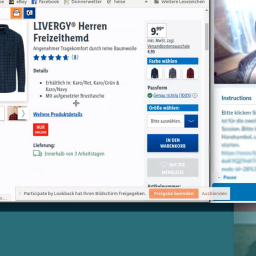
If you are reading this blog you are probably already conversant with and convinced of the value of UX research. Unfortunately, not everyone in your organisation is likely to be in the same informed and enlightened position and might be resistant, or at least indifferent, to the process. Because UX research is so vital to the success of projects you will need to convince the sceptics that it should be done, done now and done thoroughly.
There can be many reasons why important stakeholders are not on board with the need for UX research:
- they might not understand the nature and purpose of UX research;
- they might be concerned about the cost and cost/benefit;
- they might be concerned about the impact of their own area of work in terms of autonomy, control, timing etc;
- they might feel they are going to be dictated to but a process they don’t understand or appreciate;
- they could believe that they already know what is required and the best way to achieve goals;
- they are not even aware of the process and purpose of UX research.
Some of these can be remedied in a fairly straightforward manner by educating and disseminating information about UX research and what it is for and what it can achieve. It could be beneficial to get important stakeholders involved from the outset, explaining how UX research plays into the whole design project and how it is focussed on actual users and how they behave and not some nebulous concept of usability.
If you can convince colleagues that the process is worthwhile you might also be able to persuade them to get involved in designing and perhaps even delivering the research. People are far more likely to be committed to implementing the outcomes of an action that they have been connected with and immersed in. This can also address the problems of control or encroachment that some areas in the business might be sensitive to in agreeing to the process.
Other more fundamental objections might take more persuasion. To this end it is probably helpful to arm yourself with items such as case studies, cost/benefits analyses and other examples of how UX research has been used to focus design projects onto successful paths and detailed figures of outcomes and results that show that the cost is entirely justified and a small price to pay against the possibility of total failure of a project. (It might also be useful to show the adverse effects of not doing the research – failed projects and potentially huge nugatory costs.)
Finally, a pilot exercise which clearly demonstrates the benefits of UX research (with the side-effect of also showing that the sceptics don’t know and understand all they need to about their users and customers) can pay dividends. There is nothing like showing the power of user research and the knowledge acquired from it and how it can be used to shape and direct a project to an optimum desired conclusion.
If you are interested in UX research but not sure how to sell it to colleagues, give us a call on +44(0)800 024624 or email us at hello@ux247.com.












